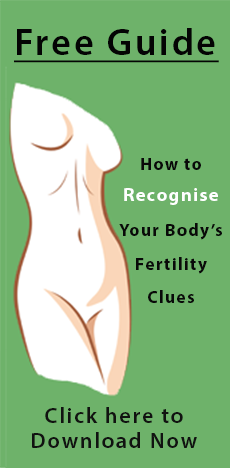Aromatherapy had its roots in in the most ancient healing practices. Medicinal plants were used to cure many ailments and used in many sacred rituals to evoke altered states of consciousness. Religious ceremonies were performed, where the smoking of sick people, to exorcise evil spirits, was common.
 Aromatherapy truly emerged from the smoky temples of Egypt 6,000 years ago. Egypt was the birthplace of medicine, pharmaceutics, cosmetics and perfumery. Traders came from all over the world by land and sea to deliver flowers, herbs and plants.
Aromatherapy truly emerged from the smoky temples of Egypt 6,000 years ago. Egypt was the birthplace of medicine, pharmaceutics, cosmetics and perfumery. Traders came from all over the world by land and sea to deliver flowers, herbs and plants.
Priestesses and priests supervised the intricate preparations in the temples, reading formulas & chanting incantations as substances were measured & combined with precision. Purification processes could last for months until the right subtle blend was achieved. They also took on the role of psychiatrist, treating manias, depression and nervousness.
The Egyptians were world-renowned for their skills in massage and their miraculous potions Merchants travelled from afar for their skin-care products, scented oils, healing balms, exotic perfumes, aromatic wines and magical elixirs. Wealth soon flourished into the land.
Embalming was one of the principal uses of aromatherapy, preserving the tissue of the bodies for thousands of years. The oils and resins used were so potent, that In the 17th century mummies were sold in Europe and doctors distilled them for use in their medicines.
The use of aromatherapy spread from Egypt to Israel, China, India and the Mediterranean. Every culture, from the most primitive to the most sophisticated, developed their own practices. Greek physicians and military surgeons were employed by the Romans. After the fall of the Roman Empire, it spread to the Arab countries, where philosophers devoted themselves to the ancient art of alchemy, perfecting the art of distillation.
For centuries essential oils were the only remedies for epidemic diseases. During the Black Plague, it was discovered that the glove-makers and those working in laboratories or perfumeries, where these essences were continually used, few became ill.
During the 19th century, with the development of modern science, all forms of herbal medicine disappeared until the 1920s,when French chemist Gatefosse revived the art, giving it the name Aromatherapy. India was one of the few countries where the tradition was never lost, Ayurveda being the most ancient medical practice in the world today.
Aromatherapy is now used in hospitals, offices, clinics and homes all over the world.
This information has been
provided by Mirella Parry of the Magical Garden in Byron Bay

 Aromatherapy truly emerged from the smoky temples of Egypt 6,000 years ago. Egypt was the birthplace of medicine, pharmaceutics, cosmetics and perfumery. Traders came from all over the world by land and sea to deliver flowers, herbs and plants.
Aromatherapy truly emerged from the smoky temples of Egypt 6,000 years ago. Egypt was the birthplace of medicine, pharmaceutics, cosmetics and perfumery. Traders came from all over the world by land and sea to deliver flowers, herbs and plants.
